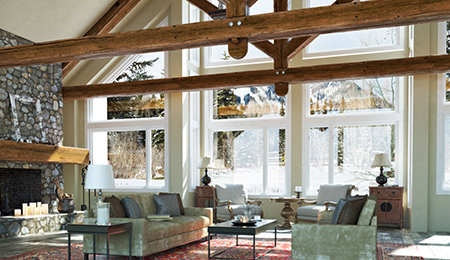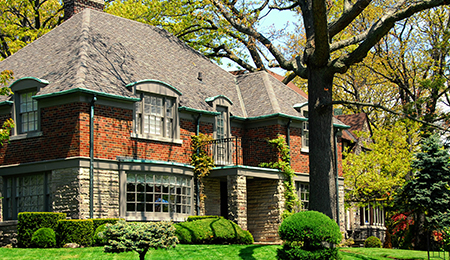What’s the difference between a 15-year and a 30-year mortgage?
A 30-year mortgage is the typical mortgage you’ll get when a lender pre-qualifies you to purchase a property, and it’s the lengthiest mortgage you can get as a private consumer. This kind of mortgage allows you to distribute your payoff for 30 years in the future. So why do people typically get a 30-year mortgage? It’s because it’s a flat-rate mortgage that gives you the lowest down payment you can have over the longest period of time, which is also why it is particularly appealing for first-time buyers, who are often renters.
“Speak with your lender before committing to either loan path.”
The downside to a 30-year mortgage is the sheer amount of interest you’ll end up paying over that span. If you look at your amortization schedule and see how much interest you’ll actually be paying over those 30 years, it’s nearly double that of the home’s purchase price.
The typical length of time a person spends living in a home is three to five years. If your goal is to pay off the house, then I’d recommend exploring a 15-year mortgage. There are also shorter mortgages, depending on what you’re comfortable paying each month. The pro of this option is that you’ll pay less in interest over the life of the loan.
I advise you to speak with your lender before committing to either loan path; they often won’t bring up a 15-year mortgage unless you as a consumer ask about it.
If you have any questions about today’s topic, don’t hesitate to reach out to me. I’d love to hear from you.


